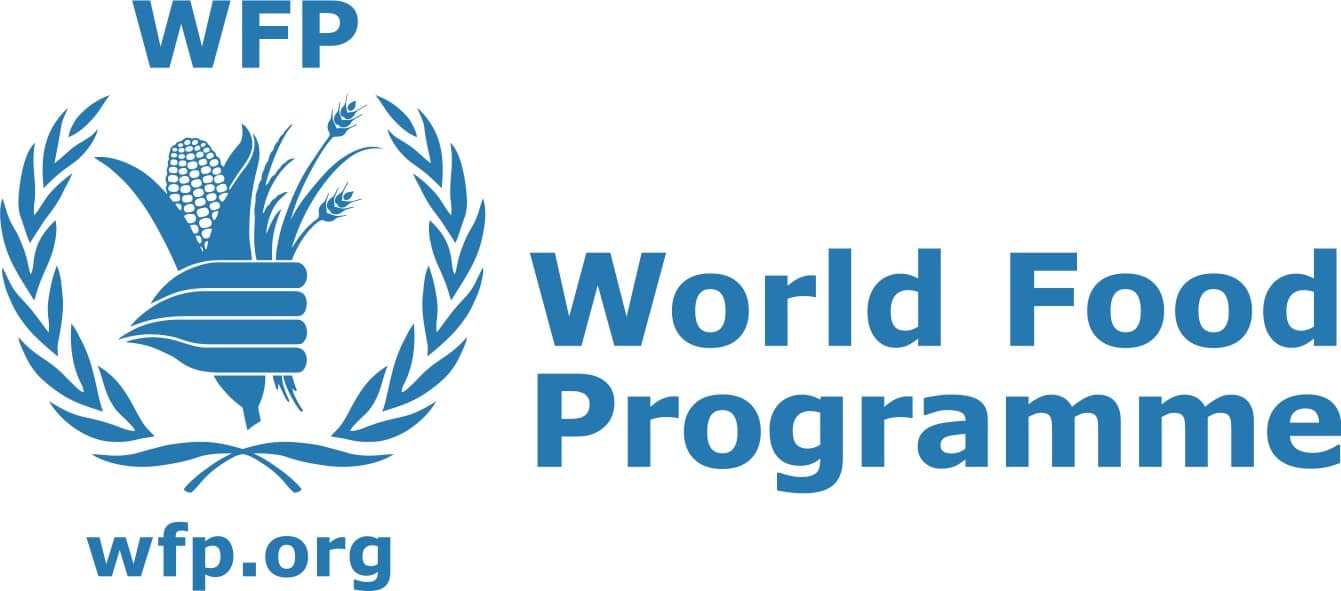Villagers attempt to revive the dying bamboo craft that is fast losing popularity in Orong
The dying art of bamboo craft is set to get a fresh lease of life with the formation of Philuma Potala Non-Wood Forest Product (NWFP) Group that comprises 42 skilled craftsmen from Philuma village in Orong in Samdrup Jongkhar.
Two decades ago, the community’s bamboo artisans used to make bamboo craft for household purposes but soon the craft vanished.
In 2009, when the Forestry Extension Officer, Tshering Cheda, was transferred in the gewog, he found that bamboo was in plentiful supply in the community but a fewer people were involved in commercial bamboo craft.
After Tshering Cheda spent two years on research and planning for sustaining the traditional art of bamboo handicrafts to conserve the local natural resource as well as to revive and develop the age old traditional bamboo handicrafts.
In 2014, the community formed the group Philuma Potala NWFP Group which would benefit 54 households. The Philuma Potala NWFP Group is a Community-Based Organization (CBO) that has the potential to generate income for villagers and revive bamboo handicraft products. The project will not only be limited to reviving traditional art but will also expand its capacity in terms of production, modern technology and improvise methods and skills.
Speaking to Business Bhutan, Tshering Cheda said there are plenty of natural resources around and people can make use of it without damaging or depleting the resources.
“In the beginning, it was very hard to convince the people about the benefits even with multiple awareness campaigns as they prefer to work on daily wages than to stay in village and work,” he said.
Tshering Cheda said it will be difficult to keep the craft alive in the community as younger generations leave the village to work in town and only a handful of people have the skill.
The NWFP Group Chairman, Jigme Dorji said since the group was formed, it has resulted in increased income for the families and now people are learning new ways to design the raw materials.
He added that without road and market, it is very difficult to keep the craft alive. “We are really happy that we have revived our bamboo culture but we lack youth to take up the culture ahead,” he said.
Philuma is four hours’ walk uphill from the nearest road point. The village has 54 household with a total population of 445 and with nine empty households (Gungtongs).
Philuma is one of the six chiwogs of Orong Gewog which is located in the northern part of Samdrup Jongkhar. It has a total area of 179.03 Sq.km with elevation ranging from 900m to 2,500m above sea level.
Orong Gup Jigme said it is very difficult to change the mindset of the people and get them to opt for agriculture and forestry works.
“They prefer to be employed as daily wage laborers,” he said.
Jigme also added that it is difficult to predict whether the bamboo culture will stay forever and that it would be passed onto the next generation.
“Rural migration is a major factor to decide whether youth will take up the craft,” Tandin, one of the group members, said, adding that the art of bamboo craft has, however, brought development in the village through income generation.
He also added that in an attempt to revive the dying bamboo craft that is fast losing popularity, they are roping in designers from India and eyeing to promote their products at the international stage too.
Another artisan Sangay Bidha said the raw materials are plenty, but the lack of market for the bamboo products hinders engagement in the craft.
“If the government helps us explore the market, it will encourage more people to join,” Sangay added.
Meanwhile, the group has also planned activities like tour to India, plantation of raw materials and awareness campaigning, formulation of a management plan and procurement of tools. Further, forest officials are also keen to help the community with different techniques such as creating water basins around the roots of the bamboo rhizome.
The group aims to make the artisans more proficient in their work and educate them about the latest technology to produce the finest of designs. There are 130 NWFP management groups in 17 dzongkhags, involving more than 4,500 rural households in the country today.
Meanwhile, villagers are adept at their craft. Traditional skills and knowledge have been handed down through generations. By adapting to modern needs and tastes, the craftsmen use their traditional craft skills to make items of utilitarian value, thus sustaining themselves and their craft. Non-Wood Forest Products popularly found in the Gewog are Rashu, Ringshu, Patsha, Ngashingjorma, Mushroom, Damru, Fernn Bamboo and Tholomom.
A villager, Sangchu, 50, said the skills had been passed on from their elders and the latest designs from other people. “But I cannot teach my son as he is working in Phuentsholing in a private company,” he added.
Sangchu said there are challenges of identification of products as it cannot compete with Indian or Chinese markets, since there is no establishment of small and medium sized community-based enterprises, no quality control, grading and value addition in order to get better prices.
Chiwog Tshogpa Rinzin said they always advise people to give more importance to agriculture and craft for long term survival and increase income generation. “People might start working at the moment but are not serious enough to continue for long,” he said.
He also added that there are many challenges to NWFP development such as lack of technology, economics, management skills, markets and capital for value addition, lack of information on market, quantity and quality requirements, small and dispersed volumes, irregular supply and demand, poor infrastructure, and high transportation costs.
Meanwhile, Orong gewog has a total population of 4,918 with 474 registered households. It has 24 sparsely settled villages.
The story was funded by the Content Development Grant of the Department of Information and Media.
Tshering from Philuma, S/Jongkhar














